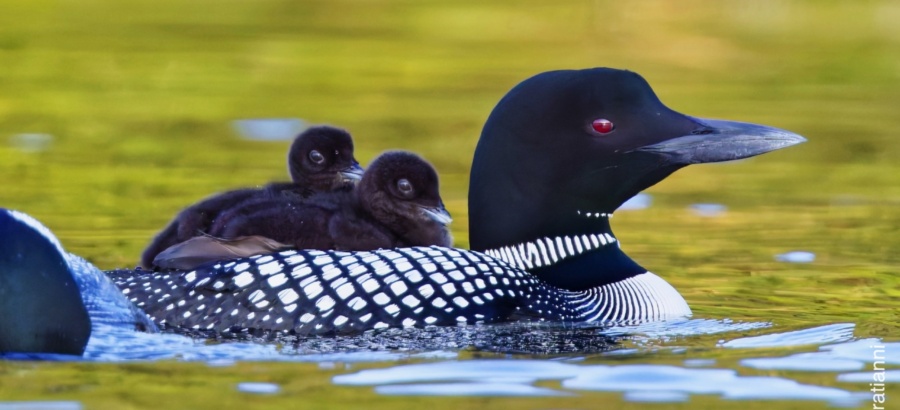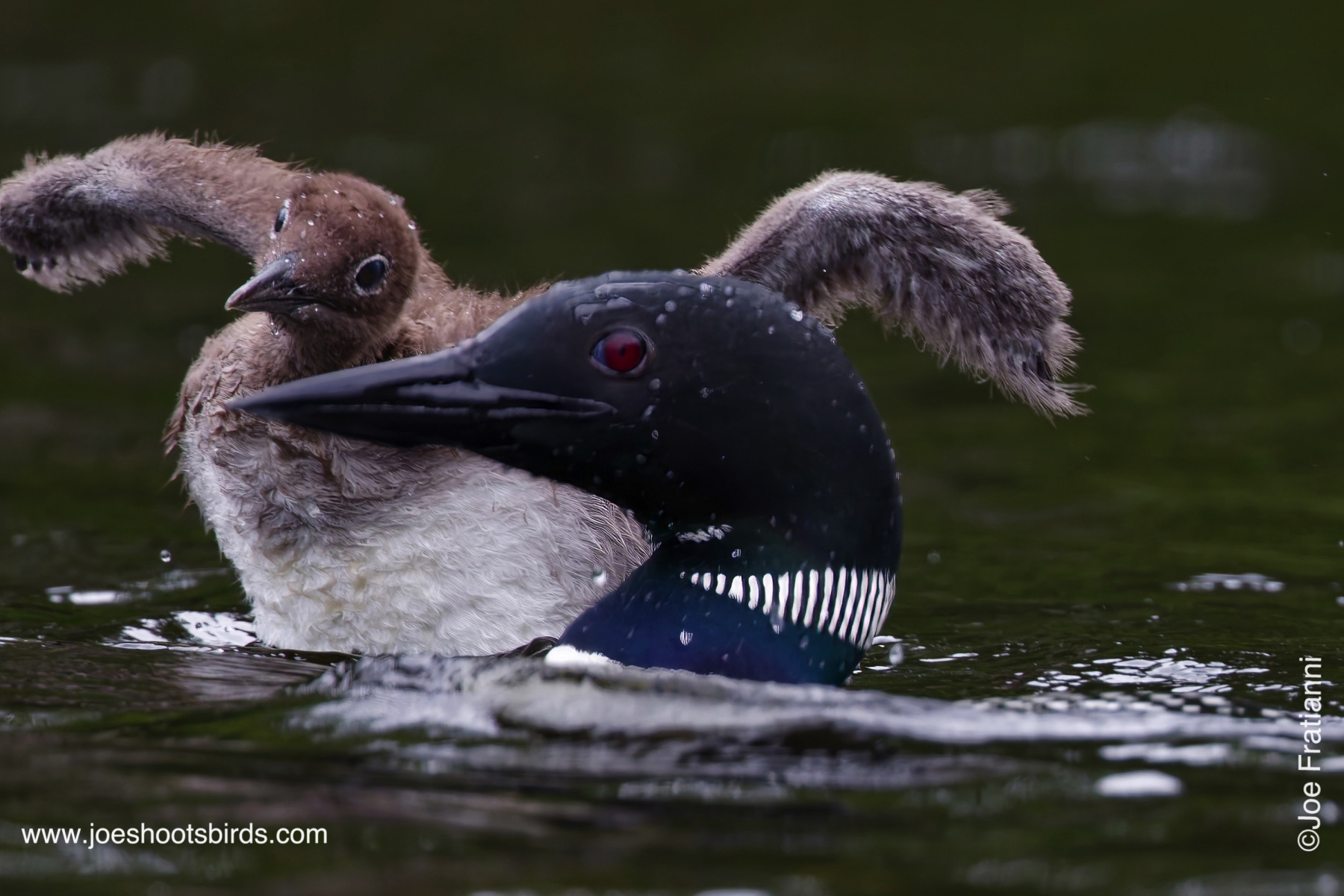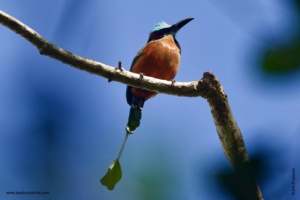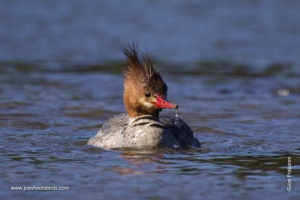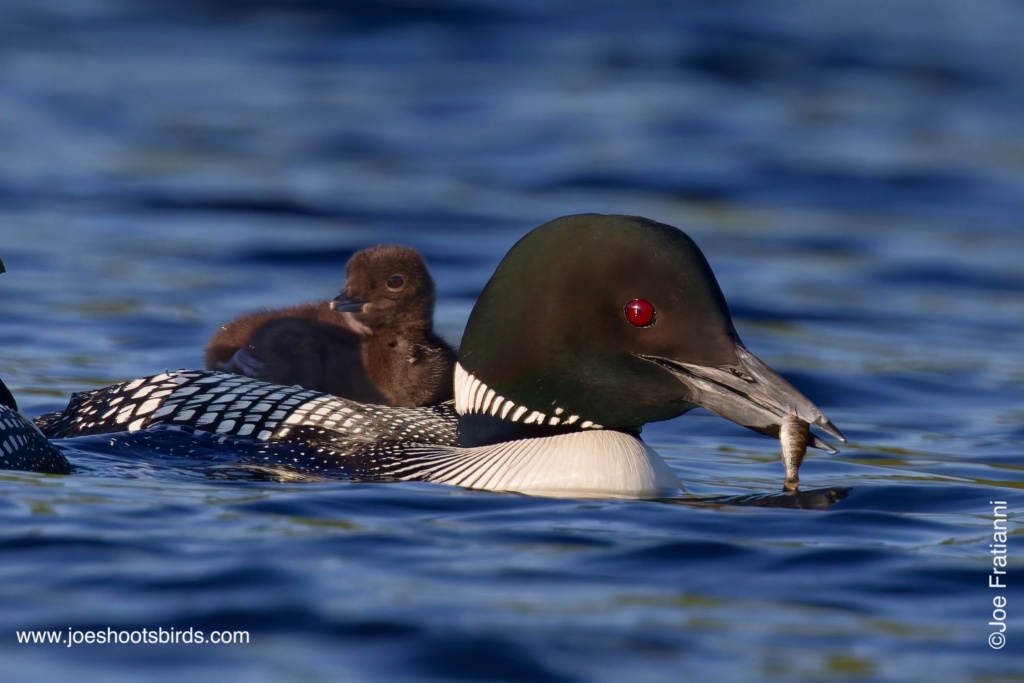
Often, the vision of a photograph is far easier than its execution. This was one of those shots. I thought that by increasing the number of trips I made to see loons in the Adirondacks, my chances of capturing a chick riding on its parent’s back would go up. Possibly—but not exactly. It turns out the amount of time loon chicks spend riding on their parents’ backs is fleeting.
The first challenge is simply finding loons. Because they are highly territorial, they’re spread out across lakes, with only one or two pairs on smaller bodies of water—making them harder to locate than you’d think.
The next challenge is finding them nesting. Since loons nest only a few feet from shore and stay on the nest for about 30 days, this can be an easier target. But that also makes the next question tougher: when will the eggs hatch? Knowing where a loon is nesting and the time of year helps, but when you’re traveling two hours to reach them, timing becomes everything.
In the end, the solution is either to move to the Adirondacks—or rely on luck. Luck mixed with probability and lessons learned over time. As the years went by, I adjusted the weekends I traveled, the lakes I visited, and simply hoped for the best.
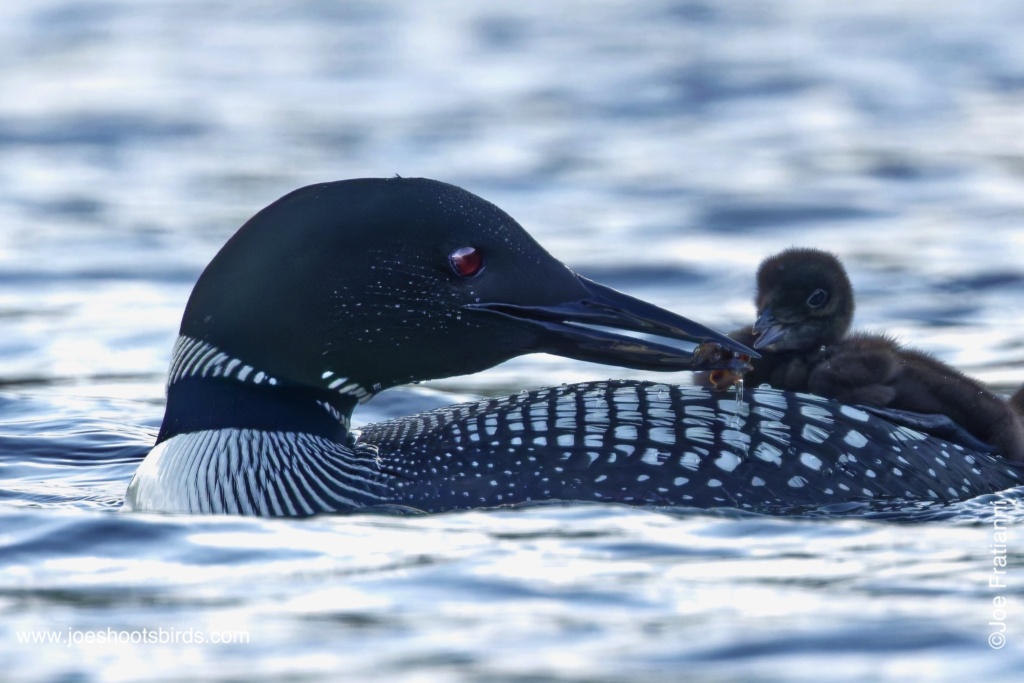
This summer, I traveled with my son later in the season, fully expecting all the loons to have hatched. I was wrong. In a chance encounter, I found one loon still on a nest. Knowing hatching time was near, I returned the following weekend and hoped again for a bit of luck.
In total, it took four years to capture the image I had envisioned for so long. Was it worth it? Absolutely. I don’t think I would have treasured the photo as much if I’d managed it in a single trip. What’s next? Maybe trying to improve the picture with better lighting or get a different pose. Who knows how long that will take.
Follow me:
